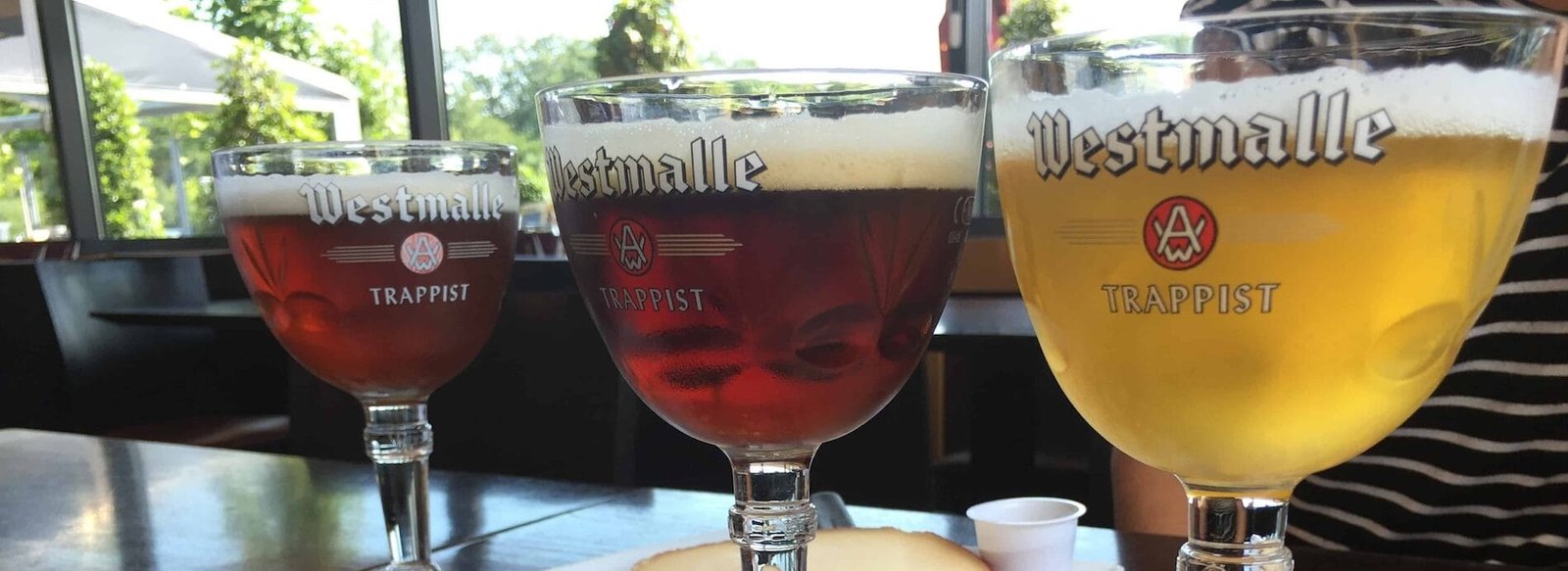As the chill of winter recedes and the days grow longer, the arrival of spring brings with it a sense of renewal and vibrancy. This seasonal shift is not only felt in nature but also in the world of beer, particularly in Belgium, where the brewing tradition is rich and diverse. Among the styles that flourish during this time are Saison and Blonde Ale, both of which offer a refreshing taste of spring. This article delves into the characteristics, brewing methods, and cultural significance of these two beloved Belgian styles.
Understanding Saison
Saison, which translates to “season” in French, is a farmhouse ale that originated in the Wallonia region of Belgium. Traditionally brewed in the winter months, it was meant to be consumed during the warmer months when farmworkers were busy in the fields. The style is known for its complex flavors and aromas, often influenced by the local environment and the ingredients available to the brewers.
Characteristics of Saison
Saison is typically characterized by its fruity and spicy notes, which can vary significantly depending on the yeast strain used. The yeast is a crucial component in defining the beer’s profile, as it contributes to the fermentation process and imparts unique flavors. Common tasting notes include citrus, pepper, and even herbal qualities, making it a dynamic choice for those looking to explore different flavor profiles.
The mouthfeel of Saison is generally light to medium, with a moderate carbonation that enhances its refreshing quality. The alcohol content can range from 5% to 8%, allowing for a drinkable yet flavorful experience. One of the defining features of Saison is its dry finish, which leaves the palate clean and ready for another sip.
Brewing Saison involves a few key steps that set it apart from other beer styles. The use of a variety of grains, including barley, wheat, and sometimes oats, contributes to its complexity. Additionally, the brewing process often includes a technique called “kettle hopping,” where hops are added during the boiling stage to extract bitterness and aroma.
One of the most interesting aspects of Saison brewing is the fermentation process. Many brewers use a mixed fermentation approach, combining traditional yeast strains with wild yeasts or bacteria. This can lead to a range of flavors, from tartness to funkiness, depending on the specific strains used. The fermentation temperature is also crucial; Saison is typically fermented at higher temperatures, which encourages the yeast to produce more esters and phenols, contributing to the beer’s signature profile.
Cultural Significance
In Belgium, Saison is more than just a beer style; it represents a connection to the land and the changing seasons. Many breweries take pride in using locally sourced ingredients, such as grains and hops, which reflect the terroir of the region. This emphasis on local sourcing not only enhances the flavor of the beer but also supports the agricultural community.
Saison has also gained popularity beyond Belgium, with craft breweries around the world experimenting with the style. This global interest has led to a resurgence of traditional brewing methods and a renewed appreciation for farmhouse ales. As spring approaches, Saison serves as a reminder of the importance of seasonal brewing and the joy of enjoying a refreshing beer outdoors.
Exploring Blonde Ale
Blonde Ale is another quintessential Belgian style that shines during the spring months. Known for its golden hue and approachable flavor profile, Blonde Ale is a versatile beer that appeals to a wide range of palates. While it may not have the same historical roots as Saison, it has become a staple in Belgian brewing.
Characteristics of Blonde Ale
Blonde Ale is typically characterized by its light color, ranging from pale straw to golden yellow. The aroma is often mild, featuring subtle notes of malt sweetness and light fruitiness. On the palate, Blonde Ale is smooth and easy-drinking, with a balanced flavor profile that includes hints of honey, biscuit, and floral hops.
The alcohol content of Blonde Ale usually falls between 4.5% and 6.5%, making it a sessionable option for social gatherings and outdoor activities. The beer’s carbonation is generally moderate, contributing to its refreshing quality.
Brewing Process
The brewing process for Blonde Ale is relatively straightforward, focusing on the use of pale malts and a moderate hop presence. The choice of hops can vary, but many brewers opt for noble hop varieties, which impart a delicate bitterness and floral aroma.
Fermentation for Blonde Ale typically involves a clean yeast strain that allows the malt and hop flavors to shine. Unlike Saison, which often embraces a range of yeast characteristics, Blonde Ale aims for a more straightforward and approachable flavor profile. This simplicity is part of its charm, making it an excellent choice for those new to Belgian beers.
Cultural Significance
Blonde Ale holds a special place in Belgian culture, often enjoyed during festive occasions and social gatherings. Its versatility makes it suitable for pairing with a variety of foods, from light salads to richer dishes. In Belgium, it is common to find Blonde Ale served in cafes and restaurants, where it complements the culinary traditions of the region.
As with Saison, Blonde Ale has found its way into the craft beer scene globally. Many breweries have embraced the style, experimenting with different ingredients and brewing techniques. This has led to a diverse range of Blonde Ales, each with its own unique twist while still honoring the traditional roots of the style.
Pairing with Spring
Both Saison and Blonde Ale are ideal choices for springtime enjoyment. Their refreshing qualities make them perfect companions for outdoor activities, picnics, and gatherings with friends. The fruity and spicy notes of Saison pair well with seasonal dishes, such as asparagus and spring salads, while the light and approachable nature of Blonde Ale complements a wide range of foods, from grilled meats to seafood.
As the weather warms up, the opportunity to savor these beers outdoors becomes even more appealing. Whether you’re enjoying a quiet afternoon in the garden or hosting a lively barbecue, Saison and Blonde Ale offer a delightful way to celebrate the arrival of spring.
Belgian Spring Beers: A Look at Saison and Blonde Ale
Belgian Spring beers, particularly Saison and Blonde Ale, embody the essence of the season with their refreshing flavors and cultural significance. As we transition from the cold of winter to the warmth of spring, these styles invite us to explore the rich brewing traditions of Belgium and appreciate the craftsmanship behind each pour. Whether you’re a seasoned beer enthusiast or a newcomer to the world of Belgian ales, there’s no better time to raise a glass and toast to the beauty of spring.

